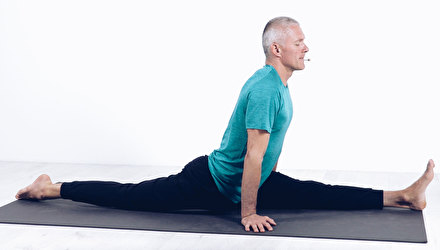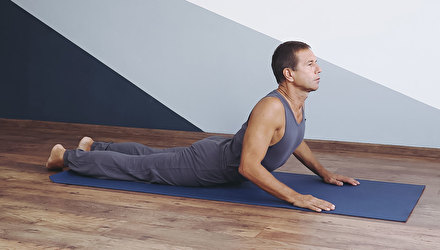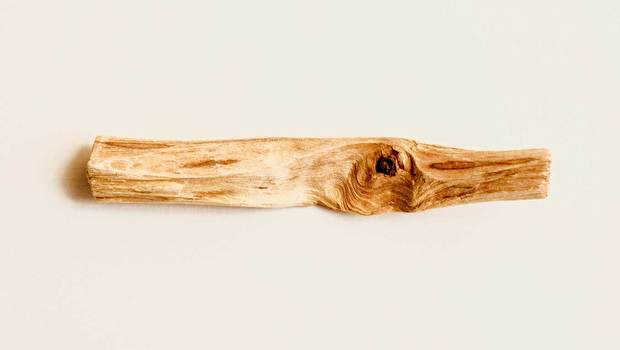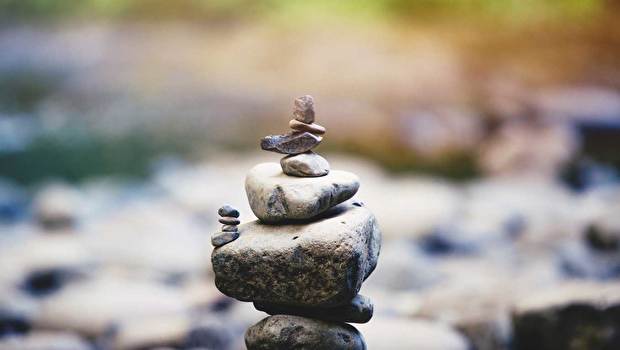Any exercise is a step in the right direction, but at different points in our lives, some workouts can be more beneficial than others.
20: Lace up your sneakers!
The current level of cardiovascular fitness can help predict how healthy a person will be later on. In a recent JAMA Internal Medicine study, the results of a long-term experiment were announced. First, the 20-year-olds were tested on a treadmill, during which the researchers gradually increased the speed and incline, tracking how long the participants could last. Scientists followed the subjects for 15 years, after which it turned out that those who lasted at least 10 minutes had a 40% lower risk of developing cardiovascular diseases than those who could then run only 6 minutes.
Therefore, doctors recommend that 20-year-olds perform daily 30 minutes of cardio exercise. And at least 5 days a week - 30 minutes of running.
30: Add Strength Exercises
From the age of 30, our metabolism begins to slow down, which is why we can gain one or more extra pounds of weight. Interval training will help your body burn calories even after you finish your workout. The effect lasts for 10-12 hours after interval training compared to 4 or 6 hours after regular training.
In addition, at this age we begin to lose up to one third of a kilogram of muscle mass per year - which is why most people become weaker with age. Lifting weights can help restore what has been lost. Trainers recommend a weight heavy enough to do no more than 8-12 reps in a row. The best exercises are those that work the largest muscle groups: chest, legs, back, and abs.
40: The More Exercise, The Better
A variety of physical activity at this age will help prolong youth. A study in Medicine and Science in Sports and Exercise found that exercise helps protect telomeres, the stretch of DNA at the ends of our chromosomes that gets shorter with age and makes cells vulnerable to damage. The more physical activity people showed in middle age, the healthier their cells remained over the years.
Focus on the 4 activities described in this study: strength training, moderate cardio (such as jogging), vigorous cardio (such as on a stationary bike) and, of course, daily walking or cycling.
50 and older: dumbbells, dancing, hiking
Dumbbell exercises help maintain bone density, which tends to decline after menopause begins. Bone is living tissue, and it keeps itself as strong as it needs to be. Therefore, if we regularly load our bones, they will maintain their strength in order to keep up with our activities.
Using medium-heavy weights (to be able to do 10 reps of each movement before you need a break), you need to do a variety of exercises that work the whole body for 30 minutes, twice a week.
In addition, you need to aim for 30-60 minutes of physical activity daily. Recent studies in gerontology have found that the stronger the leg muscles, the slower the brain ages. The connection between the legs and the mind is not well understood, but one theory is that when our muscles work, they release neurochemicals that stimulate brain cells. Because the leg muscles are one of the largest muscles in the body, they can have more impact on the brain. Fascinating walks, dancing classes are an excellent recipe for an interesting and useful physical activity that will not only strengthen muscles, but also improve mood, and also help fight extra pounds.
Source: rz.com








